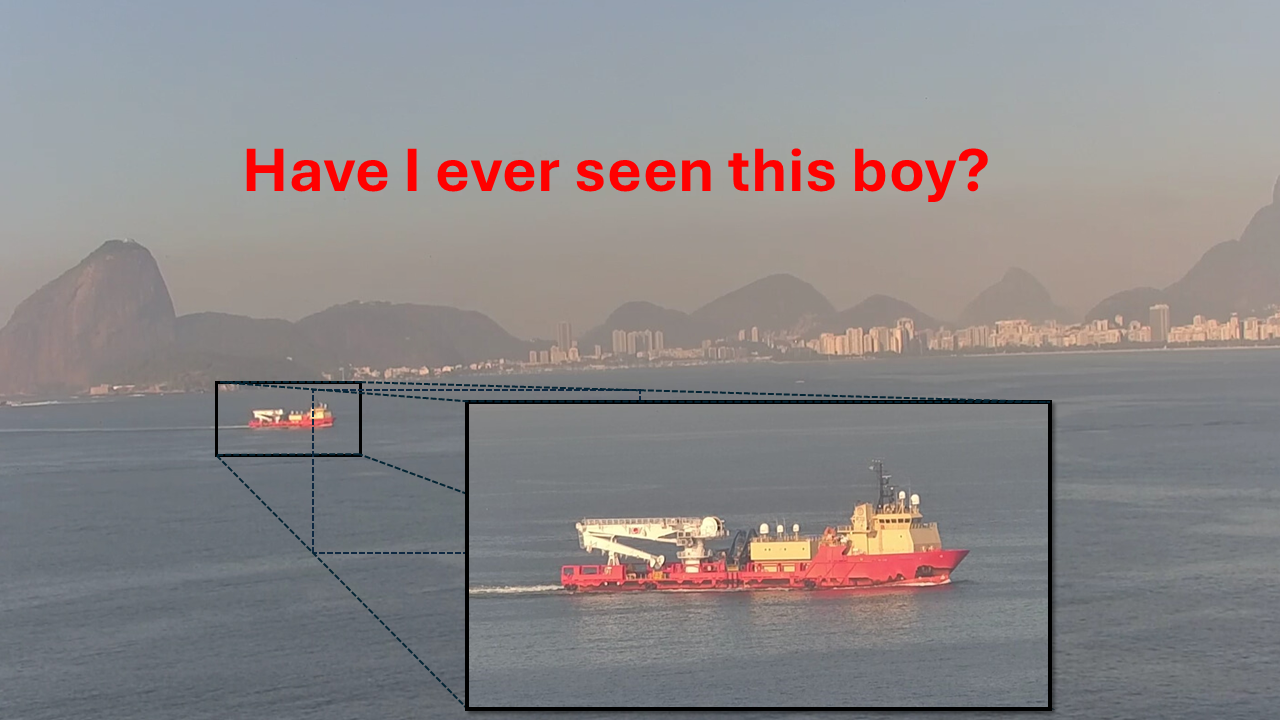Project: Alternative latent space models for vessel re-identification
Description

Coastal surveillance cameras are often used to detect (distinguish from the background) and recognize (as belonging to a class) non-cooperative vessels, i.e. vessels not reporting their position and identity using an AIS [1] transponder through a TDMA network such that nearby AIS base stations can effectively monitor their trajectories within important areas such as congested harbors and waterways. However, due to the lack of datasets to train suitable models for vessel re-ID [2], we are still far from unlocking the full potential of those cameras in maritime surveillance applications. In this project, we are going to explore how to employ alternative embeddings built using e.g. sparse convolutional autoencoders [3] to continuously learn latent space models for vessel re-ID, i.e. for re-identifying a specific vessel seen before from others belonging to the same class. In special, we are going to explore which latent (vessel) representations are more prone for online querying and updating using a vector database [4] storing pairs of embeddings and vessel identifications.
References:
[1] Marine Traffic https://www.marinetraffic.com/ (accessed August 6th, 2024).
[2] Q. Zhang, M. Zhang, J. Liu, X. He, R. Song and W. Zhang, "Unsupervised Maritime Vessel Re-Identification With Multi-Level Contrastive Learning," in IEEE Transactions on Intelligent Transportation Systems, vol. 24, no. 5, pp. 5406-5418, May 2023.
[3] Khan, S.U., Hussain, T., Ullah, A. et al. Deep-ReID: deep features and autoencoder assisted image patching strategy for person re-identification in smart cities surveillance. Multimed Tools Appl 83, 15079–15100 (2024). https://doi.org/10.1007/s11042-020-10145-8
[4] The High-Performance Vector Database Built for Scale https://milvus.io/ (accessed August 13th, 2024).
Details
- Supervisor
-
 Mykola Pechenizkiy
Mykola Pechenizkiy
- Secondary supervisor
-
 Stiven Schwanz Dias
Stiven Schwanz Dias
- Interested?
- Get in contact